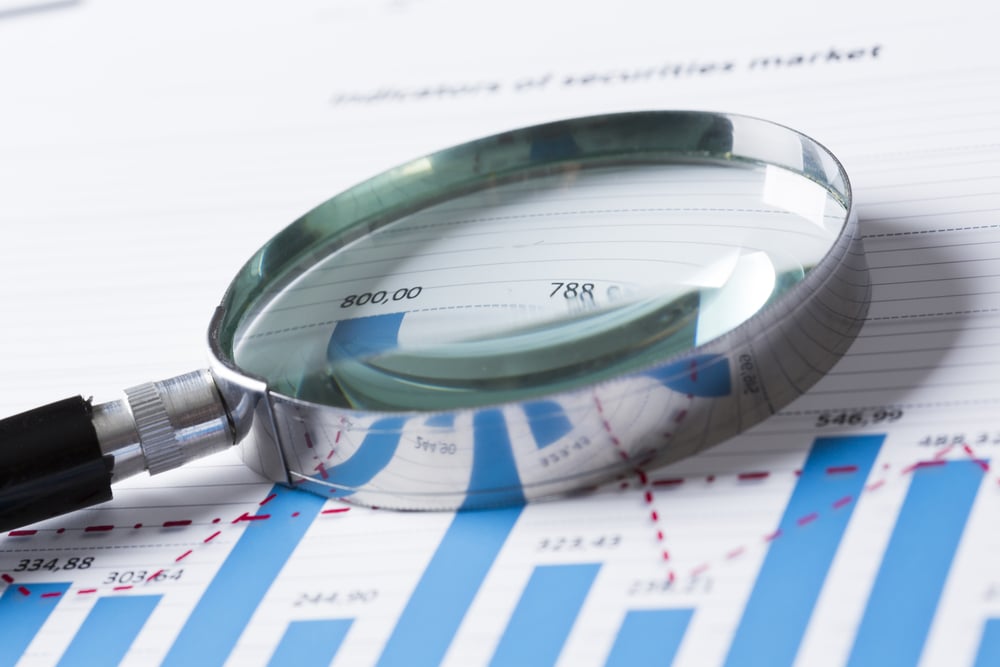Technology permeates every aspect of our lives, from the way we buy our goods to how we monitor our kids and homes, and it is also having a tremendous effect on the insurance industry.
The Washington, D.C.-based Coalition Against Insurance Fraud says that insurance fraud is an $80 billion-dollar-a-year enterprise, and as fraudsters become more daring, investigators are using a broad range of tools to capture them:
- |
- Data analytics or rule-based analytics allow companies to look at large amounts of data and ask some common questions to help flag claims that require a bit more investigation. For example, in a health insurance claim, if a procedure that could only be performed on a female was submitted as a claim on a male, this would trigger a flag indicating that the claim requires a closer examination.
- In fraud modeling, predictive analytics looks at fraud based on a series of different risk factors and helps insurers predict which claims are most likely to have some sort of fraud issue, explained Dan Zitting, chief product officer for ACL, a software company and fraud auditor based in Vancouver, British Columbia. "We're basically building a statistical model that says these are the claims we should investigate."
- Through network analysis, insurers can look at the relationships between people such as family and co-workers, and different elements in the data to identify potential fraud. Case management can help investigators who are looking for anomalies based on these types of analyses determine whether there really is fraud involved or if the analysis has just indicated a false positive.
The effectiveness of a successful data analytics program rests on several things. "One of the biggest determining factors depends on how much support the company has from their IT department, how much data they have and how much experience they have in fraud analytics," said Zitting. "In any company, just the basics work like looking for which claims were paid out twice or who is using the social security numbers of dead people. It's easy to get these quick wins and low-hanging fruit before going to more complex models."
Zitting said that a lot of companies know fraud exits, but don't necessarily choose to pursue it. He estimates that 5-8 percent of claims paid are fraudulent and says that fraud exists in every company regardless of size.

Fraudsters are using a variety of methods, including data analytics, to obtain data on how banks and insurers are tracking fraudulent activities. (Photo: Shutterstock)
|Evolving technology
While data analysis has been available for close to 30 years, the technology continues to evolve as data analysis applications are built. These pre-built and pre-configured apps allow insurers to use them without a lot of modifications.
"You don't have to figure out how to build a complex analysis for some of these questions," said Zitting. "There are more out of the box apps to help investigators narrow down information from millions of claims to a manageable population of claims to look at and work from. That way they can spend more time on meaningful claims."
Zitting said an explosion of data sources such as social media, information in the public domain and from the government helps to make the analysis much richer and provides a broader picture of a claim.
As technology evolves, however, fraudsters are also stepping up their efforts. "We're seeing more areas of cyber fraud emerge and they are getting very sophisticated in using these techniques," added Zitting. "They are using data analysis to identify what patterns banks are using to identify fraudulent purchases and asking, 'What shouldn't I do so I don't get their attention?'"
Analytics are getting more advanced as well. Zitting described the new trend of using text mining to identify sentiment or natural language that could point to fraud. "Text analysis was used to identify collusion between insureds and their agents. Insurers are using text analysis on the bodies of emails to identify patterns of speech that are indicative of fraudulent relationships."
He said that this type of analysis was used in eight major cases where the companies knew there had been fraud involving their agents. When they compared the speech patterns in the emails to the language from the rest of the company population, it enabled the companies to look at the agents involved more closely based on their speech patterns. Some of the wording included instructions from the agents to the fraudsters such as, "Submit the claim after…" The companies also found that there was a high correlation to the volume of communication in terms of the amount of text and emails between the parties involved.

Ransomware and frauds related to new governmental regulations seem to be on the rise. (Photo: Shutterstock)
|Fraud trends on the rise
Investigators and insurers are also seeing an increase in a number of fraud-related trends. Zitting said that ransomware, where a fraudster takes control of a computer system or database and holds it for ransom, is becoming very problematic. This year several hospital databases were held for ransom, which is frequently requested in bitcoins, a digital form of payment that is untraceable.
In addition, Zitting said that whenever there is substantial regulatory change, it seems to foster new frauds. He cited the Affordable Care Act and the changes in regulation it produced. "It creates new opportunities for fraud, new insureds, new risks not previously investigated and new fraud schemes arise around those regulatory changes," he said.
When it comes to fraud, everything seems to be related to identity, whether it is impersonating people, getting their passwords, using their identities to steal information, or perpetrating some type of internal fraud within a company. "When a person's behavior changes in our systems, that could be an indication of fraud," he explained.
Another trend Zitting cautioned against involves a rise in international terrorism, since money laundering activities frequently involve fraud. "This is an area regulatory bodies need to be watching," he added.
With cars becoming more automated and their "black boxes" collecting more information, this is providing valuable data for insurers, but Zitting says the questions will be "What do we do with it and how do we protect it?" as hackers seek ways to capture and use this information.
Technology will continue to evolve, creating new opportunities for insurers to gather more information, provide better products, and monitor claims for fraud. However, fraudsters will continue to find even more creative ways to capture this information and use it for their own endeavors.
Want to continue reading?
Become a Free PropertyCasualty360 Digital Reader
Your access to unlimited PropertyCasualty360 content isn’t changing.
Once you are an ALM digital member, you’ll receive:
- Breaking insurance news and analysis, on-site and via our newsletters and custom alerts
- Weekly Insurance Speak podcast featuring exclusive interviews with industry leaders
- Educational webcasts, white papers, and ebooks from industry thought leaders
- Critical converage of the employee benefits and financial advisory markets on our other ALM sites, BenefitsPRO and ThinkAdvisor
Already have an account? Sign In Now
© 2024 ALM Global, LLC, All Rights Reserved. Request academic re-use from www.copyright.com. All other uses, submit a request to [email protected]. For more information visit Asset & Logo Licensing.








